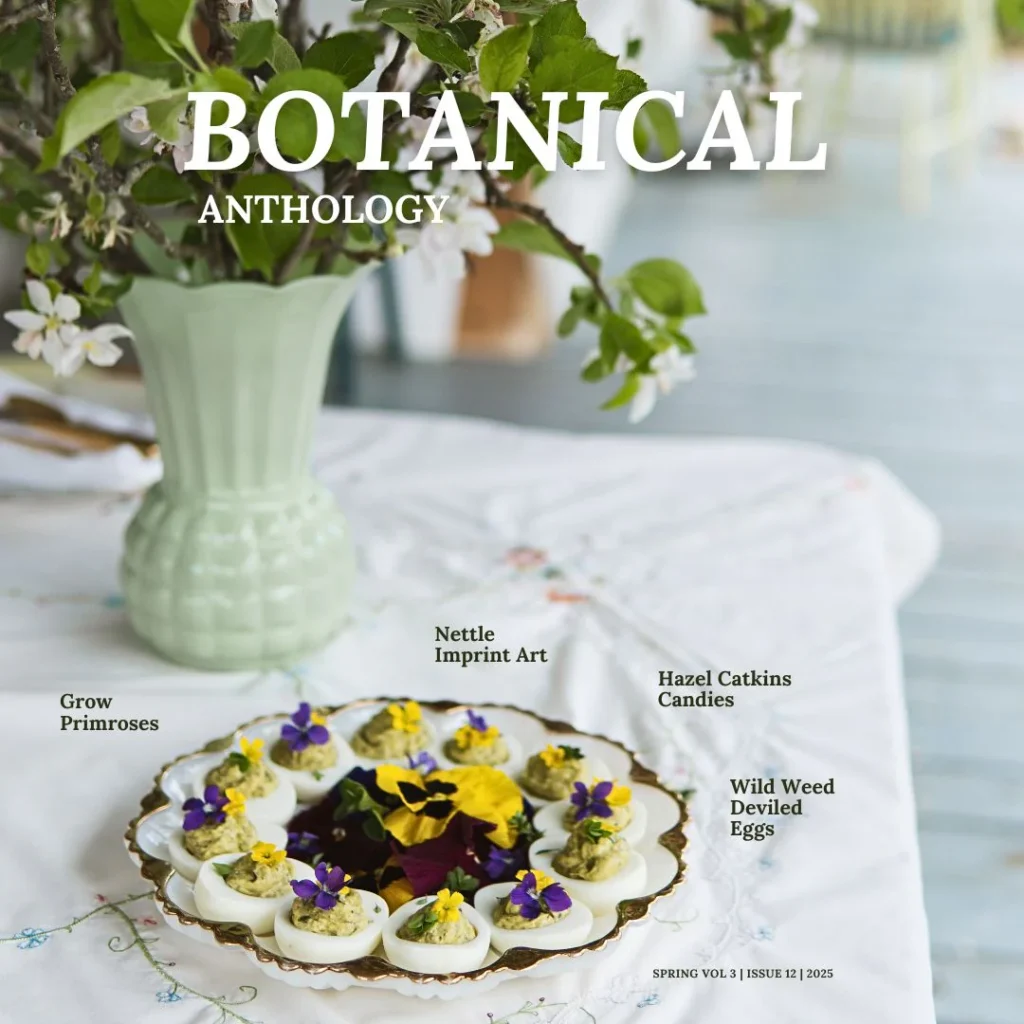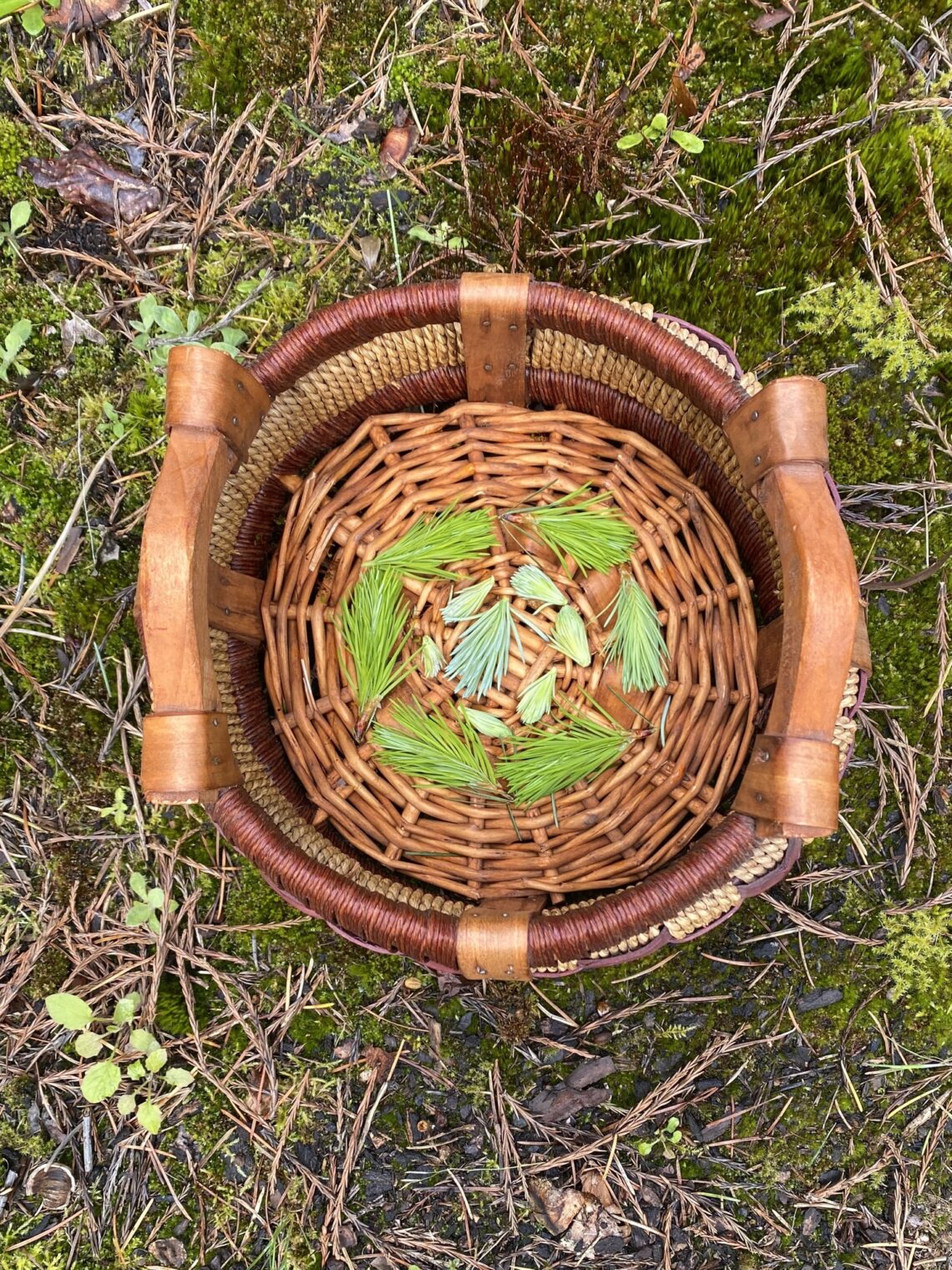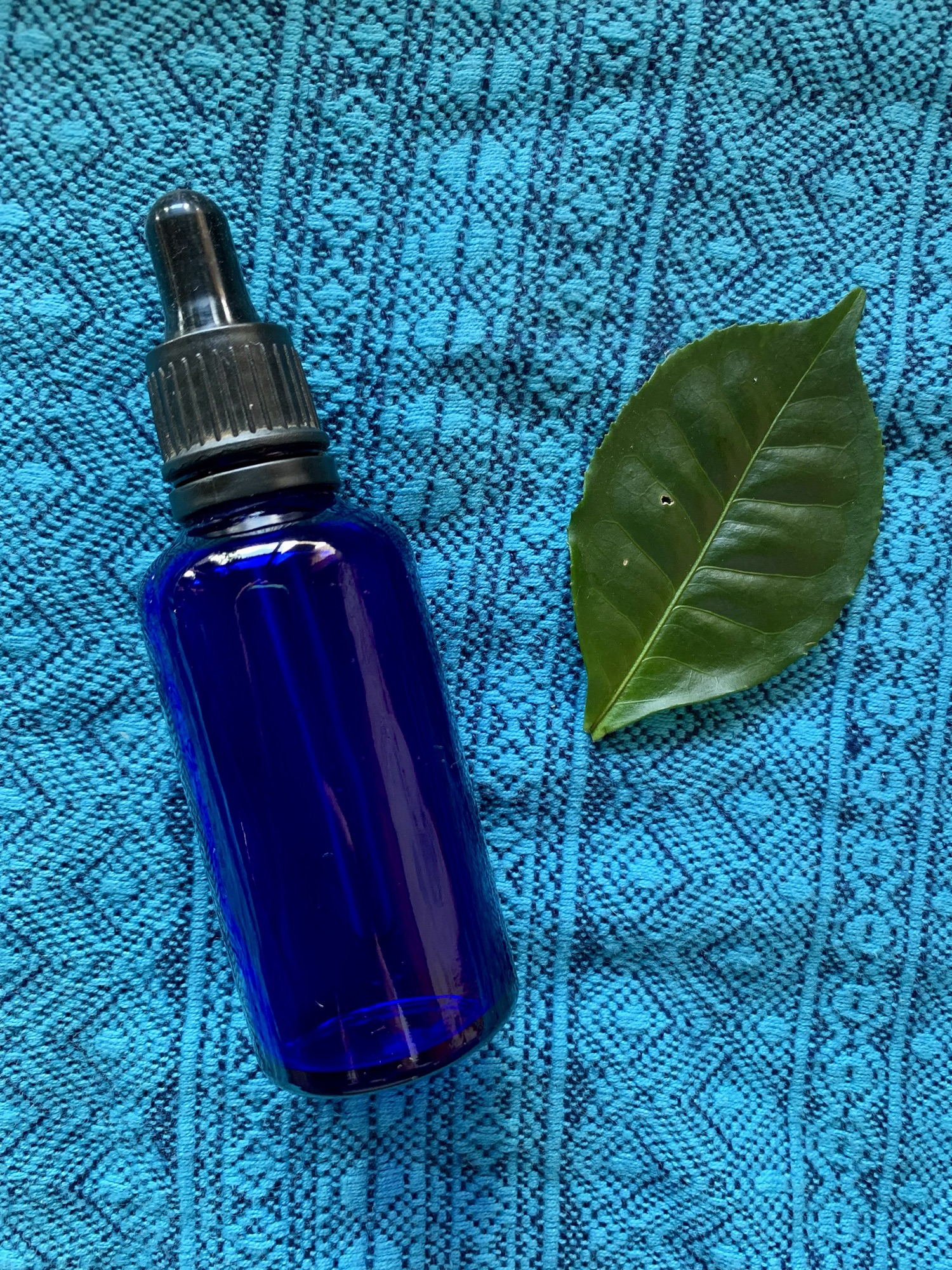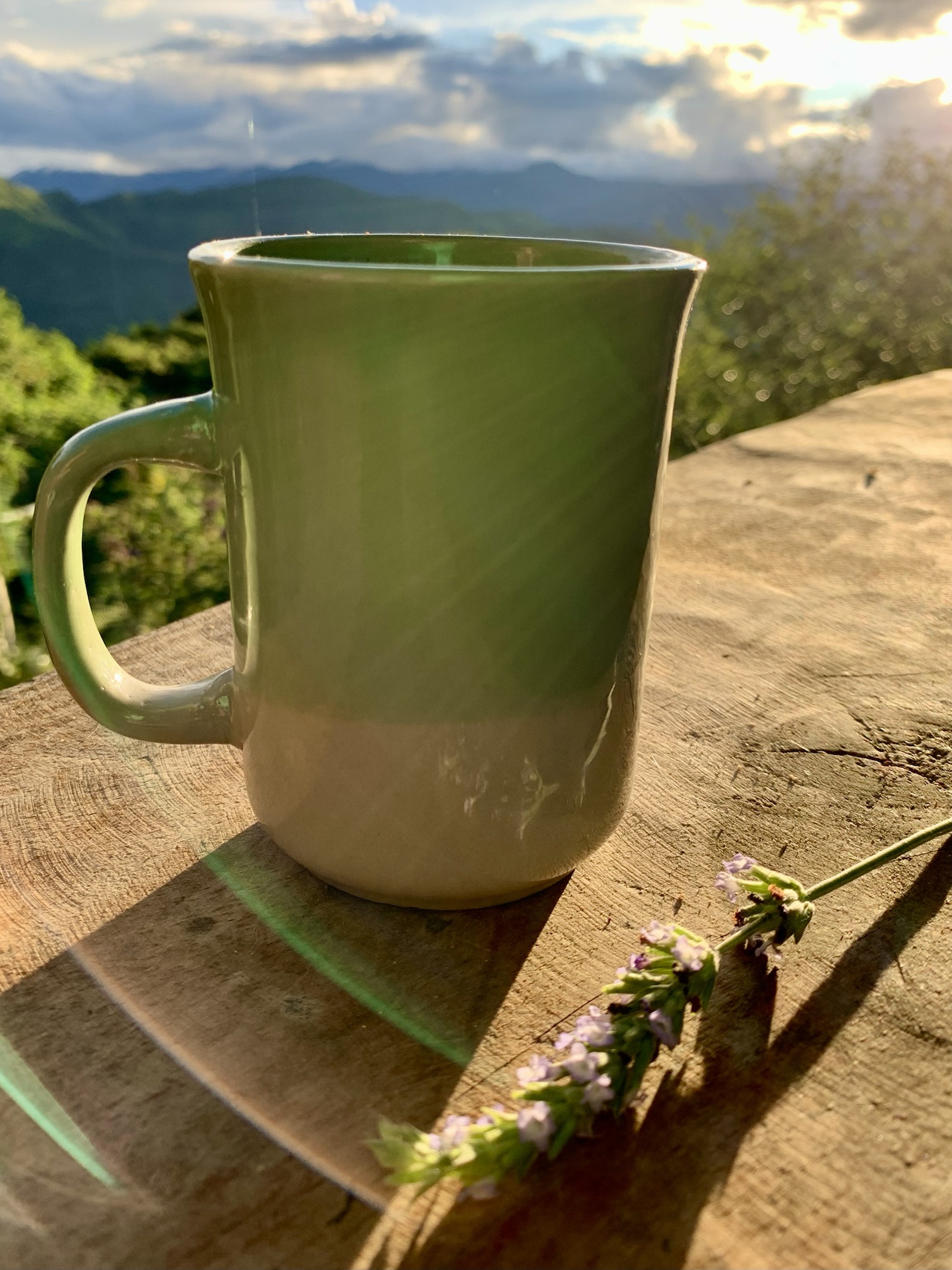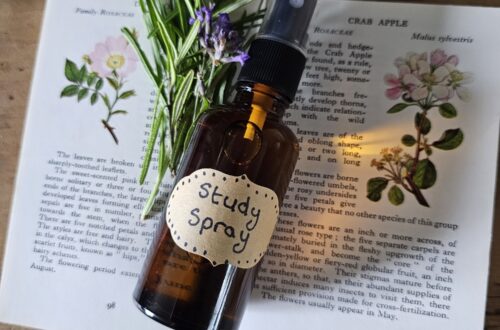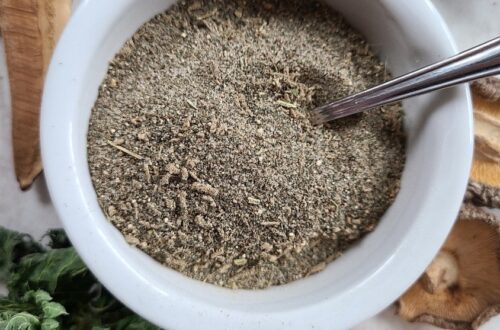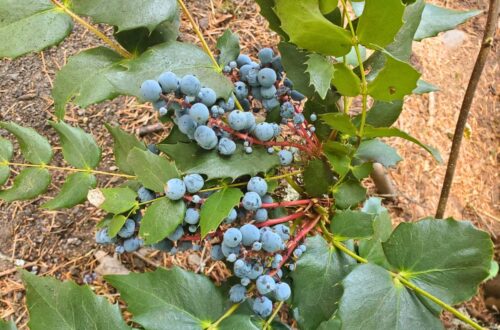This is an excerpt from the article “An Herbalist’s Tips on Spring Tips” by Leah Jorgensen Jean featured in the Spring Vol 3 | Issue 12 | 2025 edition of Botanical Anthology. To learn more about foraging and using fir, douglas fir, and spruce tips, check out the entire article in the magazine! Our herbal magazine, featuring remedies, recipes and projects with plants for the spring season, can be purchased as a digital version here and as a printed version here.
Spring tips are the tender, new growth that appears at the ends of conifer branches during springtime. These vibrant, soft tips are where the tree produces fresh needles for the season. They are prized in foraging, herbalism, and for culinary uses because they are packed with flavor, nutrients, and aromatic oils. Spring tips have a fleeting season and can be harvested in early to mid-spring, depending on the climate and tree species.
Use fresh or dried spring tip needles for teas, syrups, vinegars, tinctures, infused oils, salves, or culinary purposes. Consider blending your spring tips with other herbs like mint, chamomile, or elderflower for enhanced flavor and benefits. Adjust proportions and methods to suit your taste and needs. Conifers pair beautifully with citrus, honey, and spices like cinnamon or ginger. Use conifer preparations in moderation, as the essential oils can be potent.
PINE (Pinus spp)

Identification: Pines have needle-like leaves grouped in clusters, called fascicles; needle length varies by species: long (6–12 inches), medium (2–6 inches), or short (<2 inches); the number of needles per fascicle is a major identifier (2 Needles: e.g., Red Pine, 3 Needles: e.g., Loblolly Pine, 5 Needles: e.g., Eastern White Pine); pine trees produce woody seed cones, often specific to the species; pines typically have a conical shape when young, with wide, spreading canopies as they mature; height and girth varies; many exude sticky resin with a distinctive scent and appearance, useful for identification.
Taste: The flavor is slightly citrusy and resinous.
Species: Eastern White Pine (Pinus strobus), Scots Pine (Pinus sylvestris), Red Pine (Pinus resinosa), Black Pine (Pinus nigra), Jack Pine (Pinus banksiana), Lodgepole Pine (Pinus contorta), Sugar Pine (Pinus lambertiana), Longleaf Pine (Pinus palustris), and Western White Pine (Pinus monticola)
Cautions: Pine needles can cause skin irritation, respiratory issues from pine pollen, and gastrointestinal issues for some; avoid if pregnant; pine needles may cause kidney irritation with long-term use or in strong doses.
Leah Jorgensen Jean is a professional winemaker, holistic nutritionist, and regenerative herbal medicine grower based in Newberg, Oregon. She received her certificate in herbalism from Ecoversity and grows and prepares medicinal plants for her small-town herbalist community.
Leah is the author of the book The Herbalist’s Guide for the Sober Curious: 65 Garden to Glass Recipes published by Chartwell Books available wherever books are sold. Visit her on Instagram @cosmicculturebotanicals or online at leahjorgensencosmicbits.com
